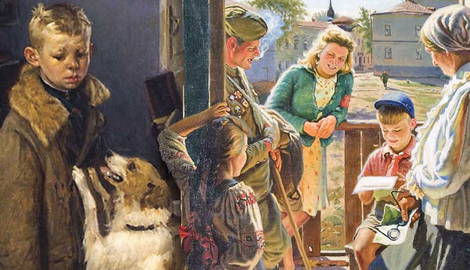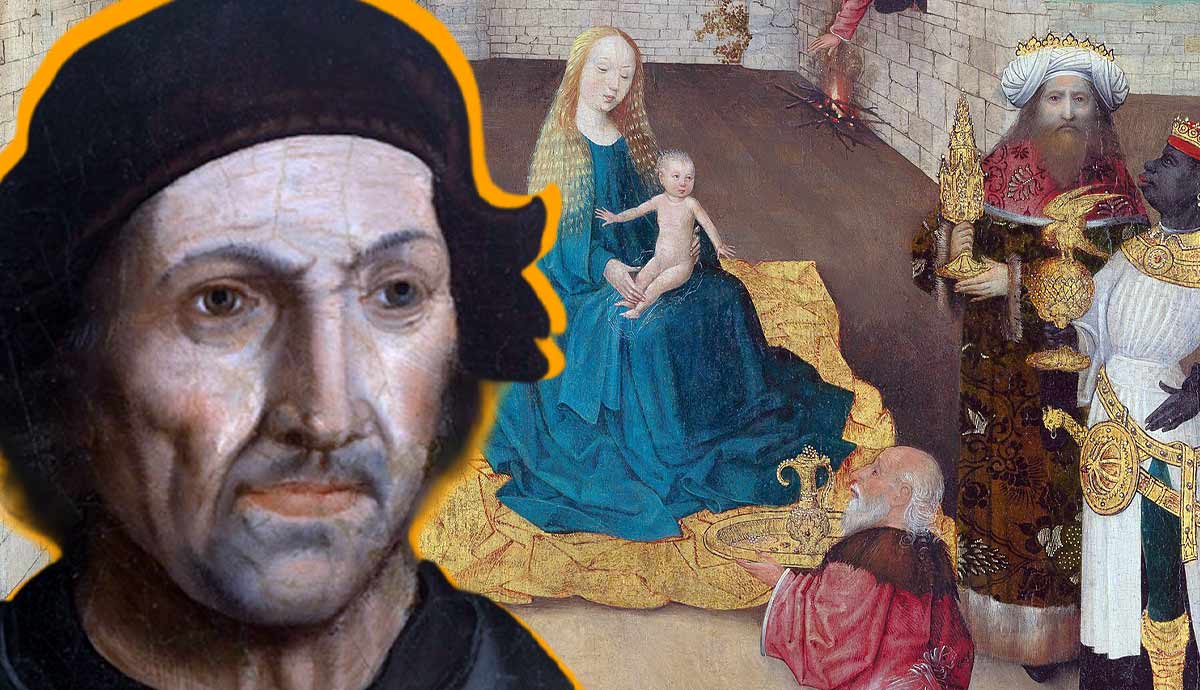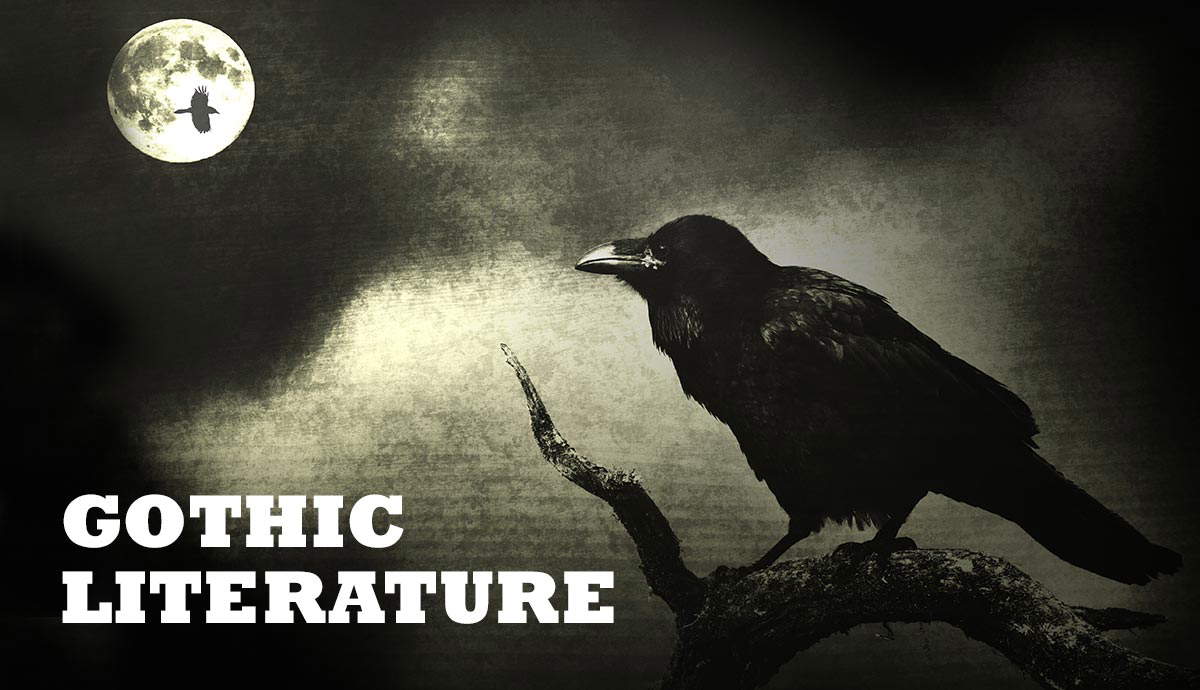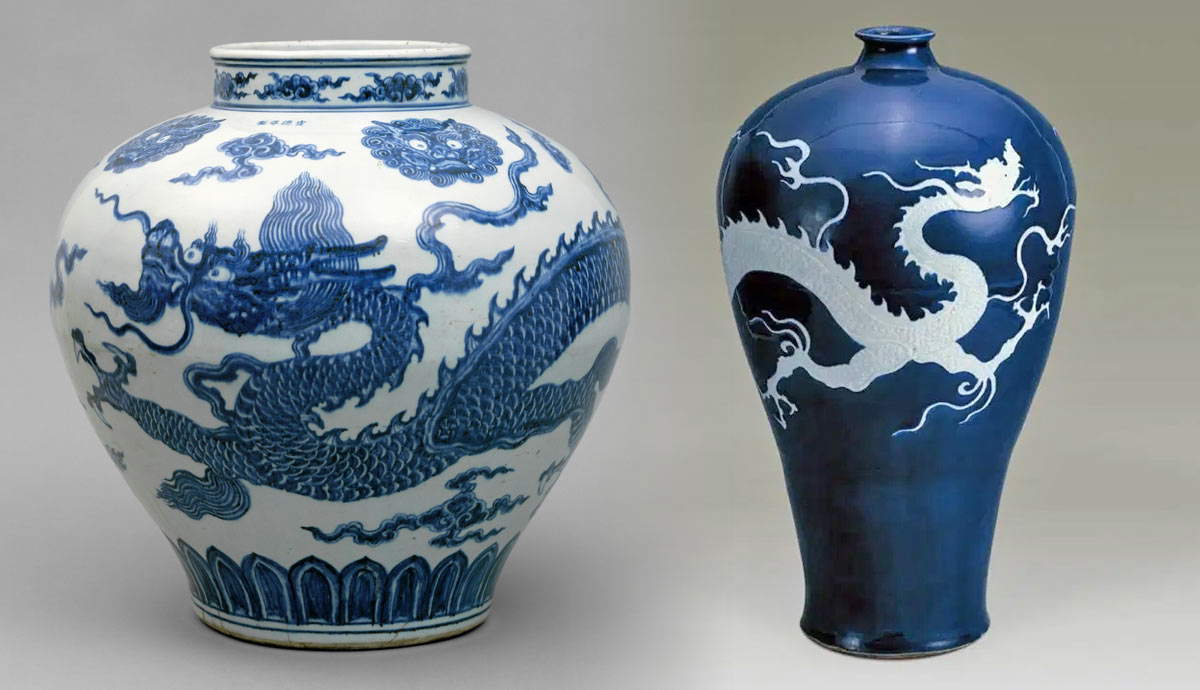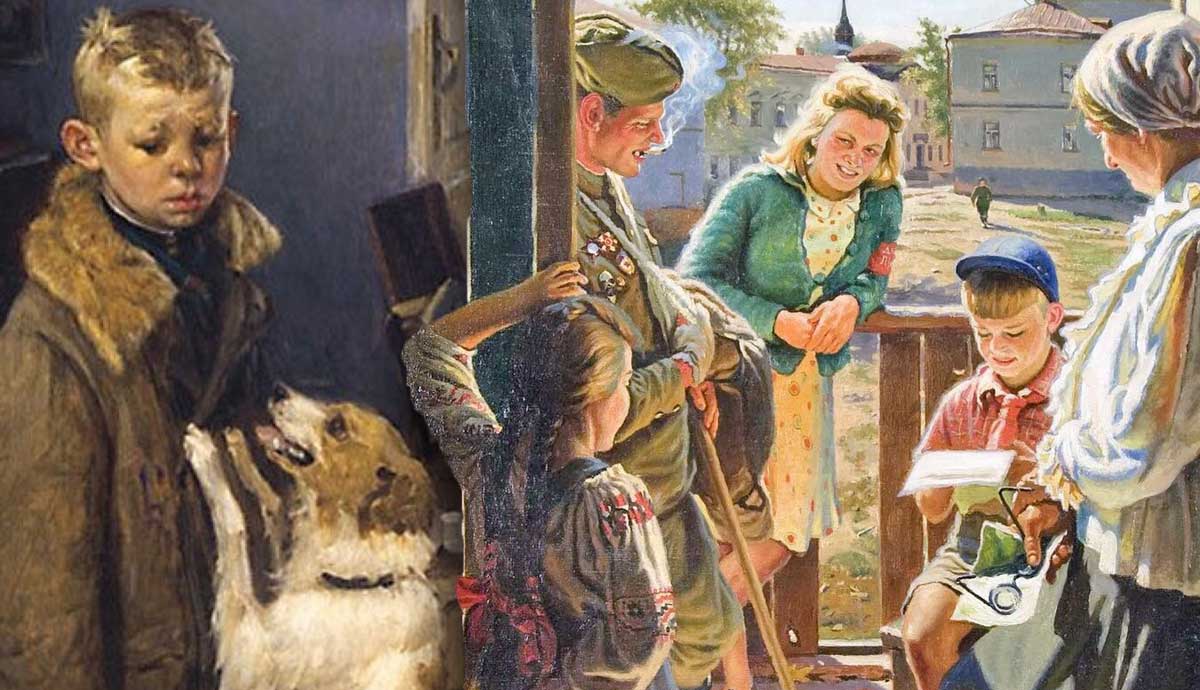
Socialist Realism was the dominant cultural doctrine in the Soviet Union. Artists were expected to create works that were realistic, inspiring, and easily understandable even by those who never encountered art before. Socialist Realist paintings celebrated labor and glorified Soviet leaders, glimpsed into the future, and idealized the present, which was often far from idyllic. Read on to get familiar with the most important works of Socialist Realism.
1. The Early Example of Socialist Realism: “Heavy Industry Now!”

Yuri Pimenov, who became one of the key figures of Socialist Realism, was raised in the Modernist tradition. As a child in pre-revolutionary Moscow, he often visited the private gallery of Sergei Shchukin, the art collector who brought the works of Pablo Picasso, Henri Matisse, and Claude Monet to Russia. These influences remained permanent in his work even when the Soviet authorities began denouncing Western painting.
Pimenov was just 24 years old when he painted Heavy Industry Now! upon the official request from the government. Still, despite the conservatism of the new government, Pimenov’s work demonstrated the influence of Expressionist painting with bold colors and forms distorted for maximum emotional impact. For these influences, Pimenov received substantial criticism from Soviet officials in his early years, and later, he compromised by focusing on a realistic style loosely affiliated with Impressionism.
2. “Unforgettable Meeting”: Stalin and the Wives

By the 1930s the painting style became more conservative, and the list of acceptable topics was narrower. The famous painting Unforgettable Meeting presented a rather typical Socialist Realist subject of almost religious veneration of the country’s leader, Joseph Stalin. There, Stalin and other party leaders were shown meeting the wives of the most effective engineers of the Soviet heavy industry.
Most of these women were homemakers who nonetheless had their own unions and organizations. The characters on the right side of the painting were mostly recognizable: apart from Stalin, the list featured Nadezhda Krupskaya, the widow of Vladimir Lenin, and Sergo Ordzhonikidze, the Georgian politician who played a key role in Soviet industrialization. Women on the left side, on the contrary, were mostly imaginary characters. The scene itself was unnaturally cheerful and ecstatic, winning Yefanov the favor of the party elites.
However, the cheerful image could possibly hide a rather disturbing truth that shed a more sinister light on Stalin’s years in power. Allegedly, Yefanov originally painted Stalin meeting the top officials of the heavy industry. However, by the time Yefanov finished the painting, several of them were declared enemies of the people and executed, and thus could not appear in photographs and paintings next to the leader. Thus, Yefanov had to repaint it, basically inventing a group of characters. However, the curators of the Tretyakov Gallery in Moscow, which houses the painting, refuse to comment on this matter.
3. “Collective Farm Celebration”: Soviet Myth-Making

Collective Farm Celebration represented a village celebrating its new harvest together, with tables full of food, music, and dances. Plastov allegedly painted the residents of his native village. The key objective of the work was to illustrate the flourishing Soviet agriculture and citizens who enjoyed the fruits of their labor. Plastov’s idea was to represent the centuries-old traditions of the Russian Empire farmers that were seamlessly transformed into Soviet reality.
Needless to say, such celebrations were possible mostly in paintings and films. In fact, most farmers, stripped of their belongings and forcibly united into communal enterprises, starved and suffered, unable to meet the demands of the new government. In 1930-33, up to eight million people in Ukraine, Kazakhstan, Northern Caucasus, and some parts of Russia died from starvation due to the forced reform of industry and agriculture, as well as oppressive measures against independent farmers.
4. “A Fascist Flew By”: The Horrid Evidence of War

During World War II, the tone of Socialist Realist works expectedly shifted, becoming more somber and tragic. Scenes of violence and destruction, heroic confrontation with the enemy, the war effort, and the sacrifices made became principal topics of art at the time. One of the most heart-wrenching artworks of the time captured the aftermath of a meaningless attack by a Nazi pilot on a young boy and the cows he grazed. Plastov deliberately forced the viewer to focus on the dead child in the foreground and a puppy, crying over his owner. The directness of the message and means made the work one of the most famous anti-war paintings in the history of Soviet art.
Arkady Plastov came from a family of Orthodox icon painters and was well familiar with the emotional intensity of these works and their ability to evoke empathy. Although religious art was out of favor in the Soviet Union, Plastov sometimes carefully applied its methods to his Socialist Realist works. He was also a great admirer of Vincent van Gogh and kept a collection of his letters on his worktable.
5. “Defense of Sevastopol”: Heroic Dimension of Socialist Realism

Another famous wartime painting was the monumental image of Soviet sailors defending Crimea from German and Romanian troops. The composition looks similar to traditional battle paintings that have been present throughout art history, but the degree of intensity makes it almost theatrical. The key role was played by the contrast of colors: white sailors’ uniforms against the dark gray mass of German soldiers and the flaming red skies of the city of Sevastopol.
Deyneka was one of the most famous representatives of Socialist Realism, who nonetheless was surprisingly different from his colleagues. His main artistic objective was an athletic body, often nude, painted with a surprising amount of detail and attention. While painting Defense of Sevastopol, Deyneka was discontent with the male models for the central figure, as no one could get the pose and proportions right. The solution came from Deyneka’s friend—a women athlete, who agreed to pose for the work.
6. “Letter from the Frontlines”: Hope Remains

Apart from tragedy and pain, there was hope. Another famous work of the time was completed after the war but captured the scene witnessed by the artist Aleksandr Laktionov in early 1945 in the Moscow region. While taking his daily walk, he met a soldier with a wounded arm who had just come back from the front lines. The man was searching for the family of his fellow soldier, who gave him a letter to bring home. Laktionov’s image, glowing with hope and happiness, captured the family receiving the long-awaited letter. The artist asked his own family members to pose for the painting. The work became so popular that Laktionov had to paint several copies for museums all across the Soviet Union.
7. “Low Marks, Again”: Middle-School Drama

In the post-war years, Socialist Realism turned towards more sentimental and mundane subjects, sometimes ironic and endearing, although still full of moralistic messages. One of the most beloved works of that period was the image of a schoolboy who, yet again, came home from school with poor grades. Initially, Reshetnikov wanted to paint the opposite situation—a boy proudly coming home with a new achievement. However, his own daughter gave him a more captivating subject: after receiving yet another low mark, she tried to sneak into her room as quietly as possible. The guilty look on her face became the basis for the now-famous painting.
Curiously, the painting contains a small reproduction of another work by Reshetnikov pinned to a wall titled Arrived on Vacation. This work shows a young military cadet coming home for the winter holidays. Before switching to painting, Reshetnikov was a successful illustrator and caricaturist. His painting style was strikingly similar to Norman Rockwell’s, although with obvious political and cultural differences.
8. “Wedding on Tomorrow’s Street”

An important component of Socialist Realism was its look into the near future, which was already under construction in the present. This image of a newlywed couple and their family members walking through an ongoing construction site represented the hopes and dreams of their generation. Their future will be happening in those streets that are only emerging.
The 1960s was a time of partial cultural upheaval. The country was still recovering from the war yet already managed to secure remarkable achievements, including sending the first man into space in 1961. After the death of Joseph Stalin, the new leader Nikita Khrushchev introduced liberal reforms and loosened the grip on mass media and art. Generally, this era was an optimistic one, with a bright outlook on the future.
